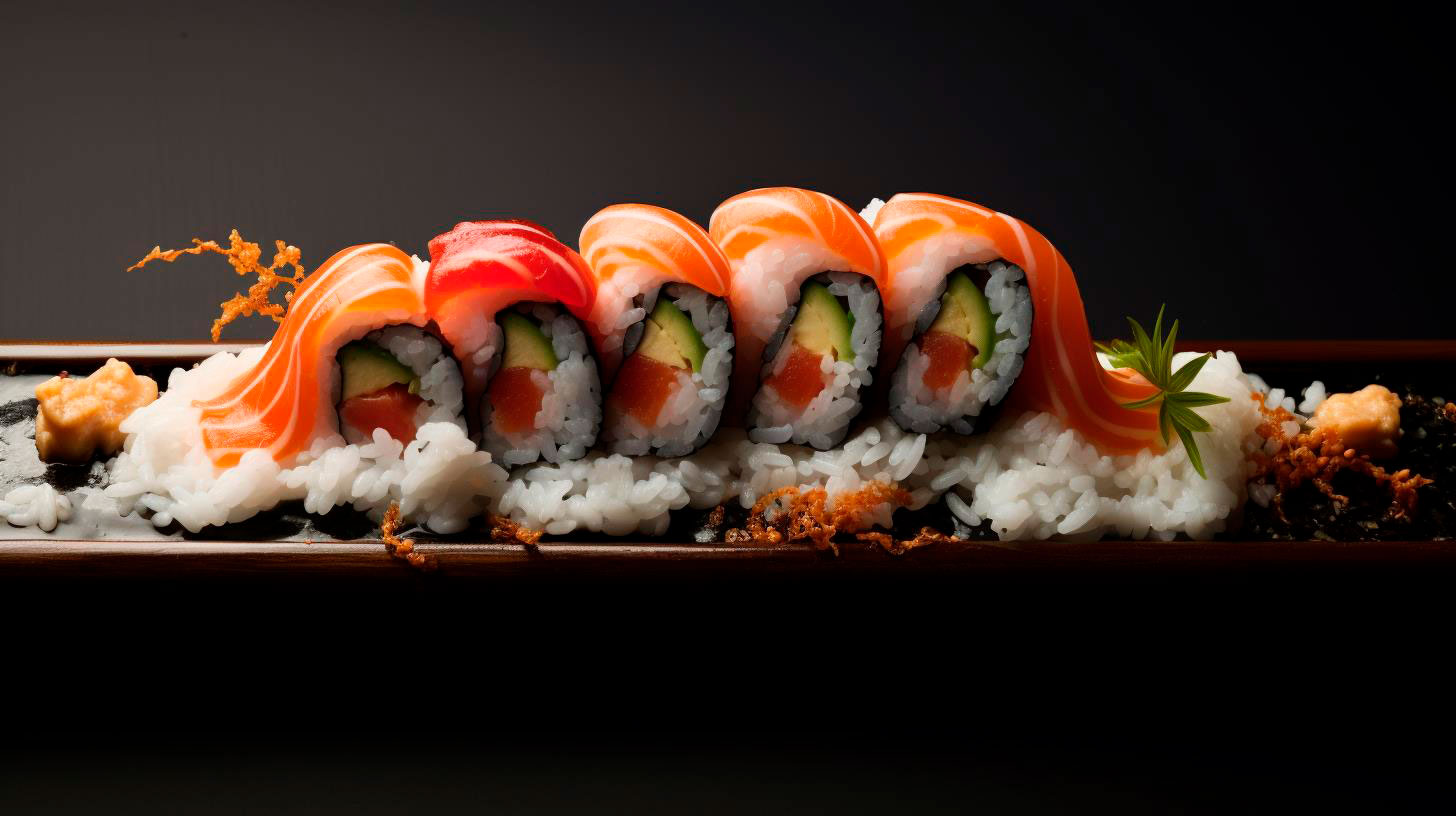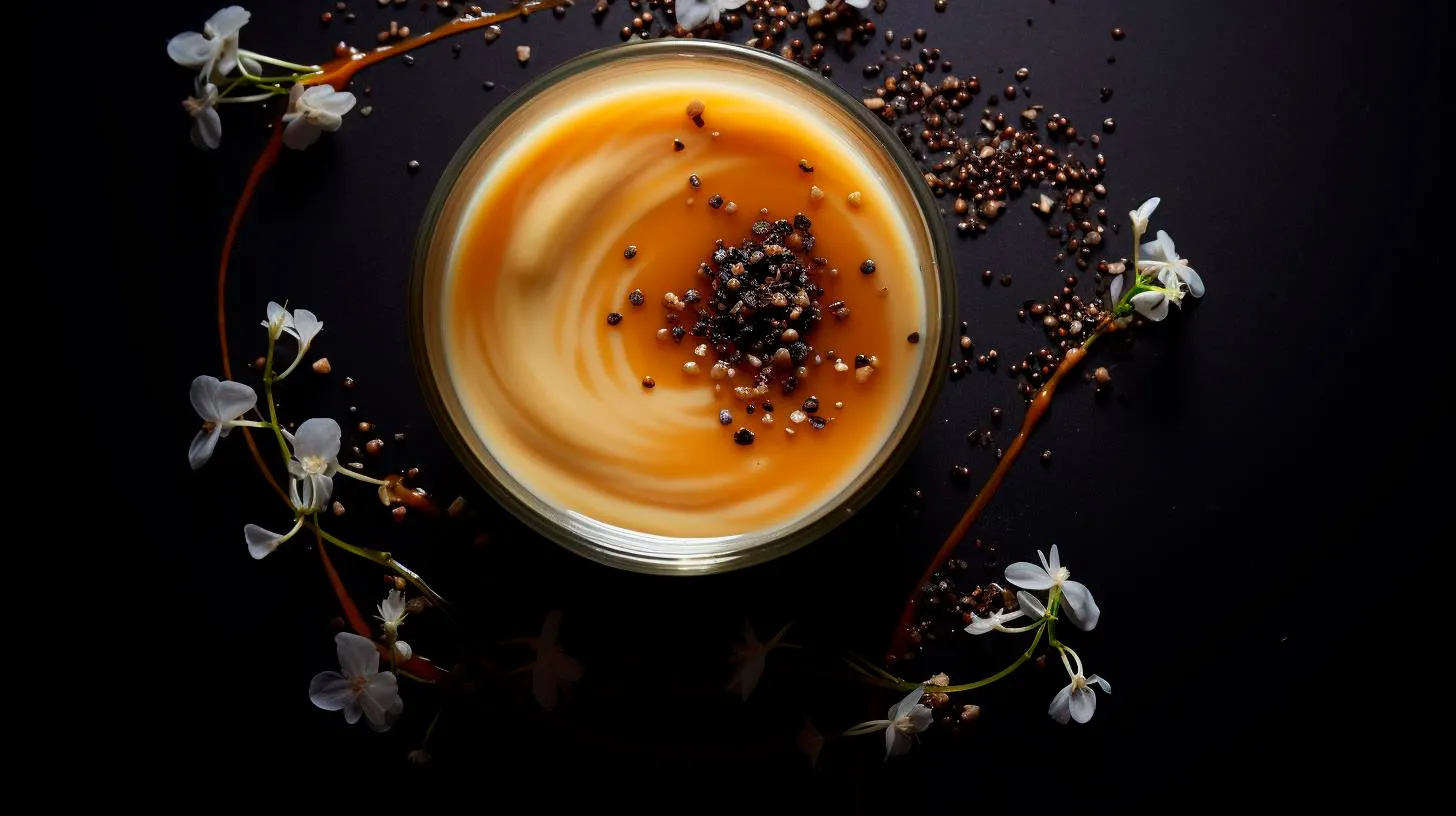The Importance of Sushi Knife Materials
In the world of sushi, where precision is paramount, the choice of knife materials can make a significant difference both in terms of performance and durability. Here are some key sushi knife materials along with their unique features:
- High Carbon Steel: Renowned for its superior sharpness and edge retention, high carbon steel is a popular choice for sushi knives. With a hardness rating of 60-62 HRC, it provides excellent cutting precision for intricate slicing.
- Stainless Steel: Sushi chefs often opt for stainless steel knives due to their resistance to rust and corrosion. Although slightly softer than high carbon steel, stainless steel knives offer ease of maintenance and are ideal for those looking for a balance between performance and upkeep.
- Damascus Steel: Admired for its captivating pattern and exceptional strength, Damascus steel is a fusion of multiple steel layers. This material showcases a unique aesthetic appeal while maintaining impressive sharpness.
Each material has its advantages, and the choice ultimately depends on personal preference and the level of expertise of the sushi chef.
The Art of Cutting Technique
While advanced materials enhance the performance of sushi knives, the cutting technique employed by the sushi chef is equally vital. A sushi knife should glide through the fish effortlessly, ensuring minimal disruption to the delicate texture and flavors. Here are some essential cutting techniques:
- Slice (Sashimi): The technique used to cut sashimi requires the knife to make clean, precise slices of fish against the grain. The angle and pressure applied during the slicing process are crucial in achieving perfect, even cuts.
- Chop (Katsuramuki): Katsuramuki is a technique used to make thin, continuous sheets of vegetables, such as cucumber or radish. The knife is skillfully maneuvered to produce thin, translucent slices that showcase the chef’s expertise.
- Dice (Soba-kiri): Soba-kiri involves cutting soba noodles neatly into even pieces, ensuring they cook uniformly. The precision of the knife and the chef’s technique contribute to the perfect bite-sized portions.
Each cutting technique requires a specific approach and mastery, enhancing the aesthetics and flavors of the sushi.
The Ideal Sushi Knife Balance
When seeking the perfect sushi knife, it is crucial to consider the balance between the blade and the handle. The weight distribution affects the overall control the chef has over the knife, contributing to both comfort and precision during the cutting process.
An ideal sushi knife should have:
- Balanced Weight: A well-balanced knife promotes stability and control during slicing, reducing the strain on the chef’s hand.
- Ergonomic Handle: The handle should be comfortable, providing a secure grip with minimal slippage, allowing the chef to maintain accuracy and control.
By finding the perfect balance, sushi chefs can achieve optimal performance and effectively execute their cutting techniques.
Key Takeaways
- Choosing the right materials, such as high carbon steel, stainless steel, or Damascus steel, significantly impacts the performance and durability of sushi knives.
- The cutting technique, be it slicing, chopping, or dicing, requires precision and skill to enhance the aesthetics and flavors of sushi.
- An ideal sushi knife finds a balance between the blade and handle, ensuring comfort, control, and an impeccable cutting experience.
In conclusion, the harmony between sushi knife materials and cutting technique is essential to achieve the highest standards of taste, presentation, and texture in sushi preparation. By understanding the characteristics of different materials, mastering cutting techniques, and finding the ideal balance, sushi chefs can elevate their culinary creations to new heights.



